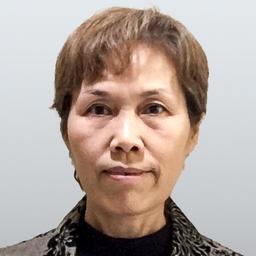News Analysis
China’s overcapacity in solar power has been used by Chinese leader Xi Jinping in his poverty alleviation campaign—an ambitious project to get farmers to install solar panels. This project, which theoretically helps lift farmers out of poverty, has in many cases been proven to increase the debt burden of rural and remote areas.





